The 30 July 1969 East Fife Mail reported on the gift given to Largo Kirk of a model of The Yellow Caravel (the 15th century ship of Admiral Sir Andrew Wood). The man pictured working on the model is Dan Marshall, who lived in Westora on The Promenade, Leven. Sir Andrew Wood had been a boyhood hero of Dan's and his model making idea had begun as far back as 1934. It was then that he visited the Museum of Scotland on Chambers Street in Edinburgh, to view their model of the Yellow Caravel. He gained permission to examine and sketch the model and take measurements, with a view to creating a replica.
Dan was home on leave from China and he intended to follow up the preparatory work by embarking upon his own model on his subsequent visit home. While in the museum, an older man sat down next to Dan and asked him about his plans. He turned out to be the maker of the museum's model, Richard Paterson of Lasswade. Mr Paterson had undertaken a number of commissions for the Museum. His other works included the Great Michael and a Viking longboat. Richard Paterson's original 1926 Yellow Caravel model can be viewed here.
Dan Marshall made a start on his version of the Yellow Caravel but progress was slow and, after some time had passed with only the hull completed, he scrapped the model and the project ground to a halt. More than three decades later, while working in the Gas Board Offices, Mr Marshall had a conversation with Upper Largo minister, Reverend Douglas Lister. Dan explained that he had long dreamed of making a model ship to hang in a church. Nothing happened for six months, until the pair talked again and Rev. Lister asked when Dan was going to start on his model.
Around 500 hours of intricate work later, Marshall's model was presented to Upper Largo Parish Church on 3 August 1969, at a service televised by the BBC for Songs of Praise. The Church still has this special memorial to Wood on display today. Built at a 1:48 scale, the Yellow Caravel is positioned on a small table against a wall next to the main dais so that all members of the congregation looking at the communion table and pulpit will see the little ship as well. The black and white photograph below shows the model (to the right) in context.
Here is a description of the model:
Scale: 1:48
Length Overall: 1000mm
Breadth: 250mm
Height: 960mm
Material: wood, paint, cotton thread and metal fittings
Construction: Block built with built up topside
Description: Hull is painted black below the waterline and yellow and blue above. The stern castle and forecastles are both built up in the style of the fifteenth century warship, painted yellow, blue and red stripes with shields depicting the Scottish red lion rampant, the saltire and one bearing the oak tree family crest of Sir Andrew Wood. A saltire is also picked out in blue lines on the lugsail at the foremast and in decorations around the crows‐nest on the main mast. Two yellow metal carronades are on each side of the main deck.
Transom: painted blue, yellow and red stripes with two Scottish lion shields and a central saltire shield.
Masts and Spars: painted yellow with blue bands.
Rigging: fully rigged with sails set. Main sail is painted with two images of ships carrying saltires and a large oak tree, the family crest of Sir Andrew Wood.
Flags: Large tin saltires fly at the bow, stern and mainmast.
This model represents a typical armed merchantman of the 15th century rather than specifically the Yellow Caravel, no illustration of which survives. It carries seven guns, crossbows and pikes. The mainmast has a fighting top. The coat of arms on the mainsail are those of Sir Andrew Wood. Wood began his naval career as a privateer under James III and prospered under James IV. By 1489 he owned the Flower and the Yellow Carvel, both fighting ships, which fought and captured five English ships close to Dunbar.
The English launched a larger offensive the following year under Stephen Bull, which attacked Wood's ships in the Firth of Forth. After two days of fighting, Wood triumphed, capturing the English ships, despite having been outnumbered. James IV knighted Wood following this battle, granting him land in Largo. Wood built a fortified tower house there, married Elizabeth Lundie and had several sons. In 1511, he took command of the Great Michael, the flagship of the Royal Scots Navy, said to be the largest ship in Europe, weighing 1,000 tons and measuring 240ft (73 metres) long.
The Upper Largo Church model is one of many ship models found in Scottish Churches. If you would like to find out more about ship models in Scottish Churches, click here, to read a thesis on the topic by Meredith Clare Greiling (June 2019).


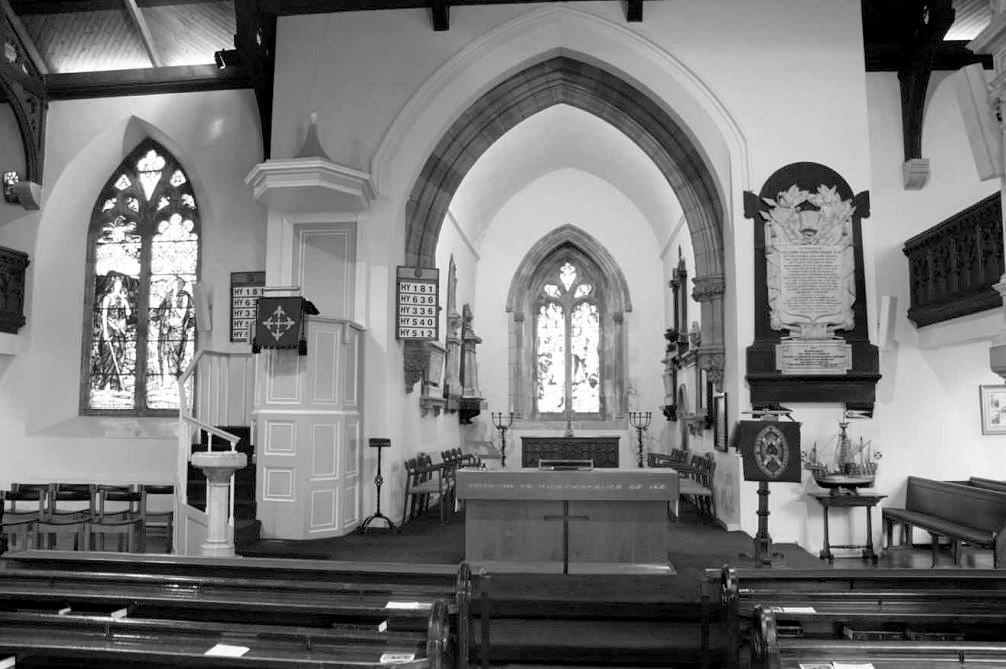
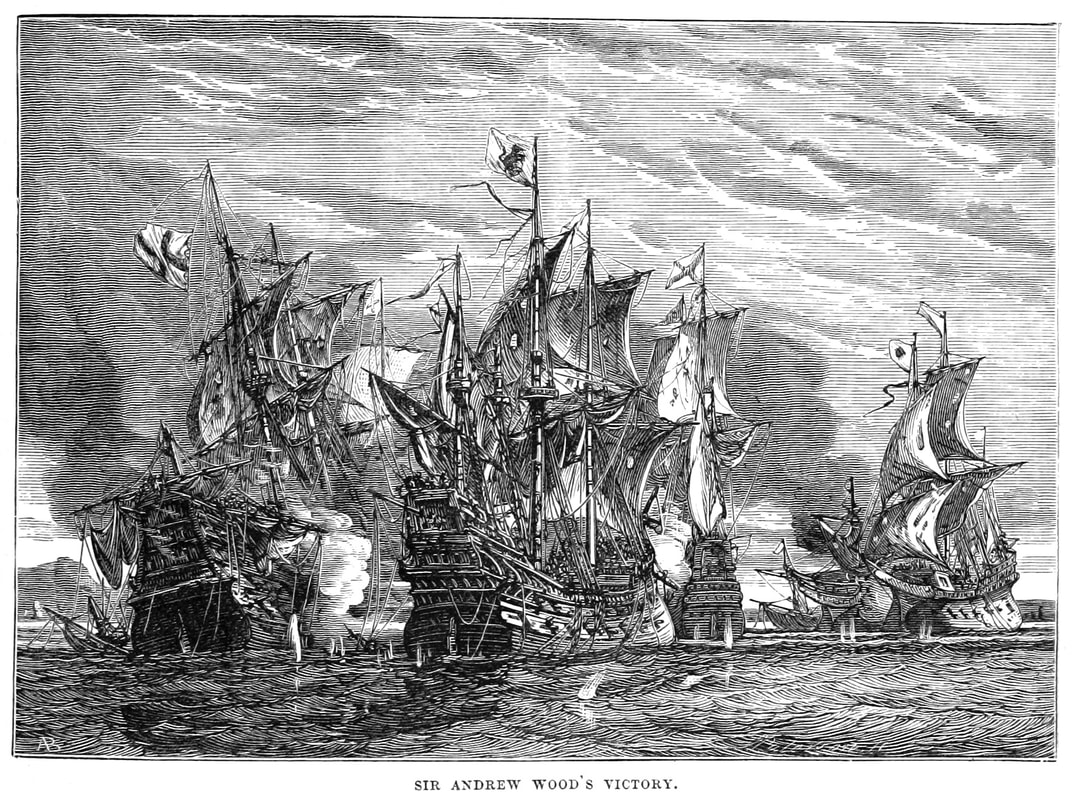

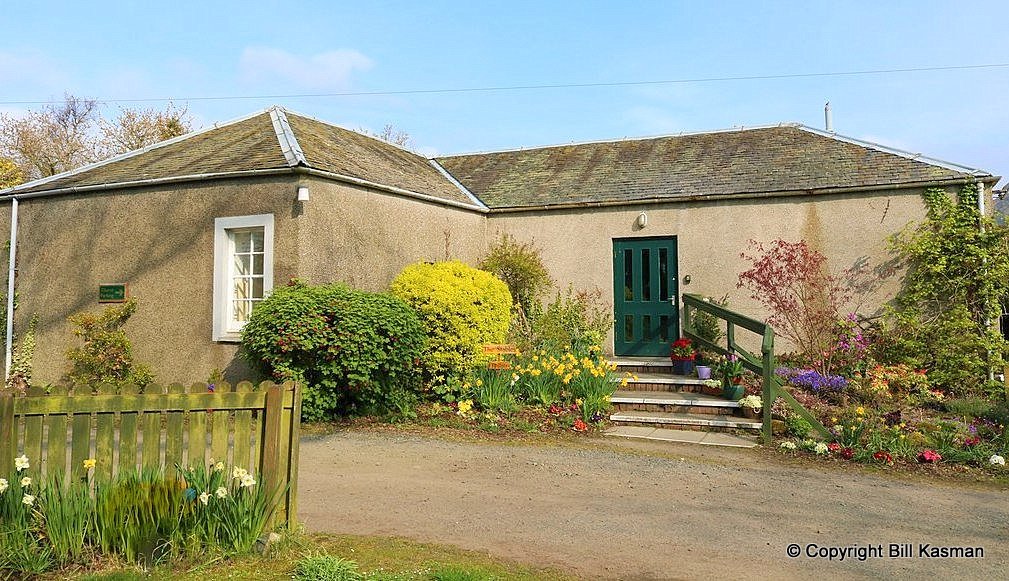


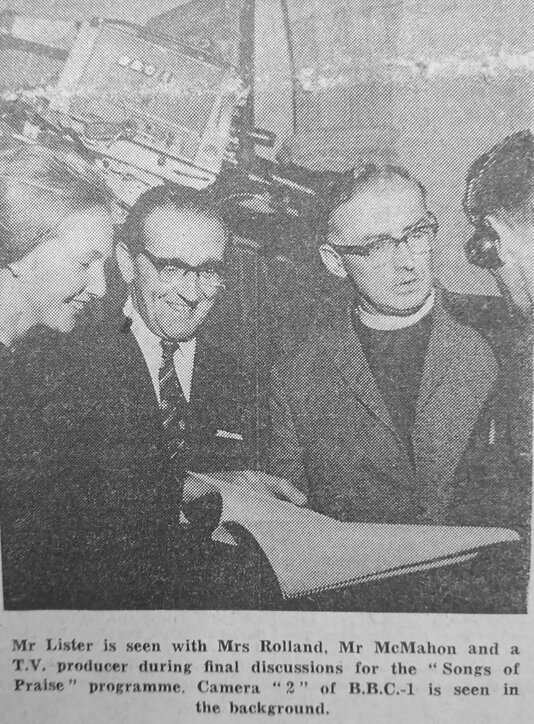

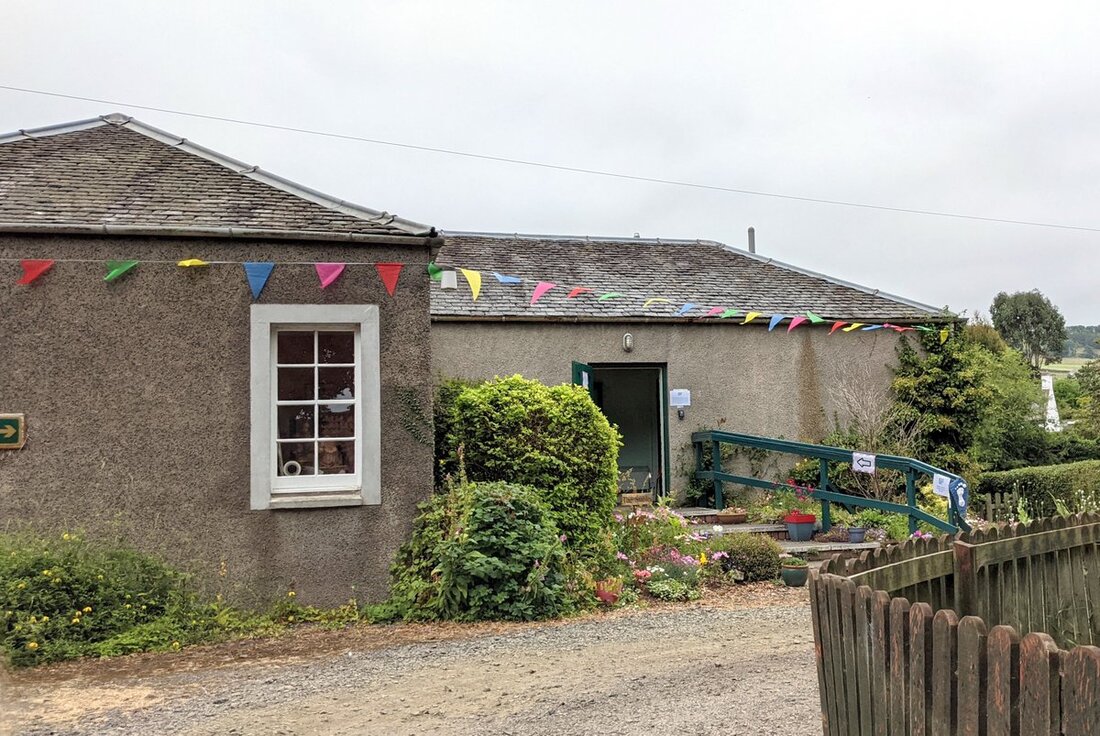
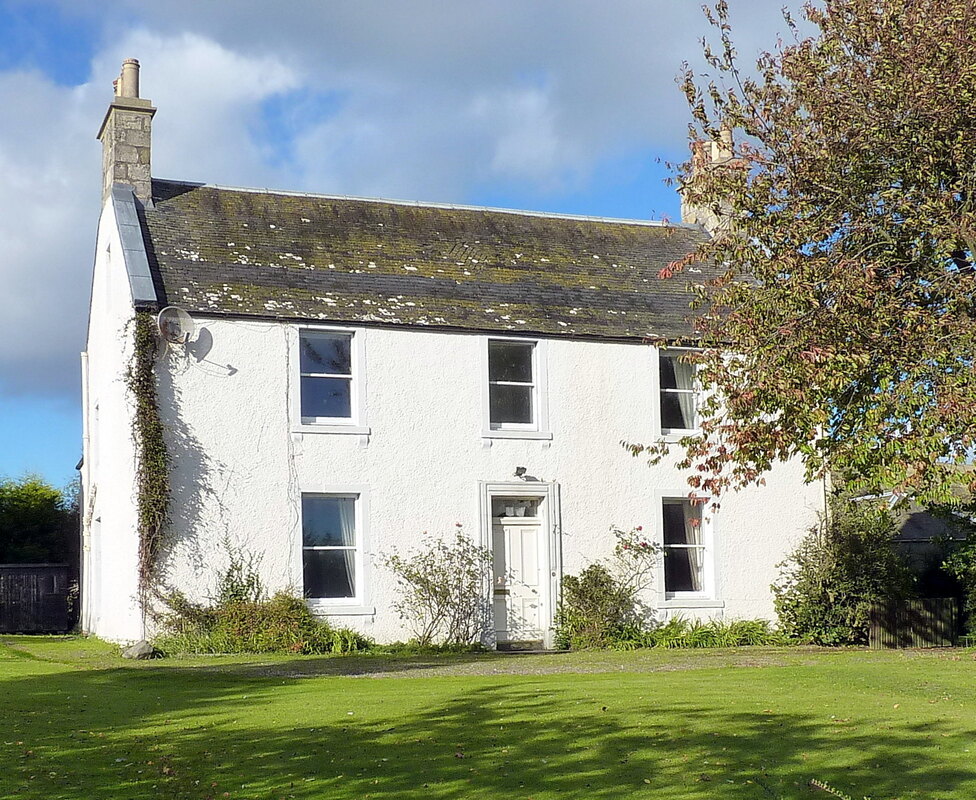
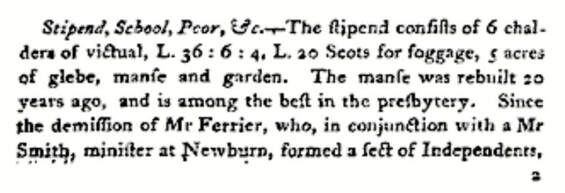


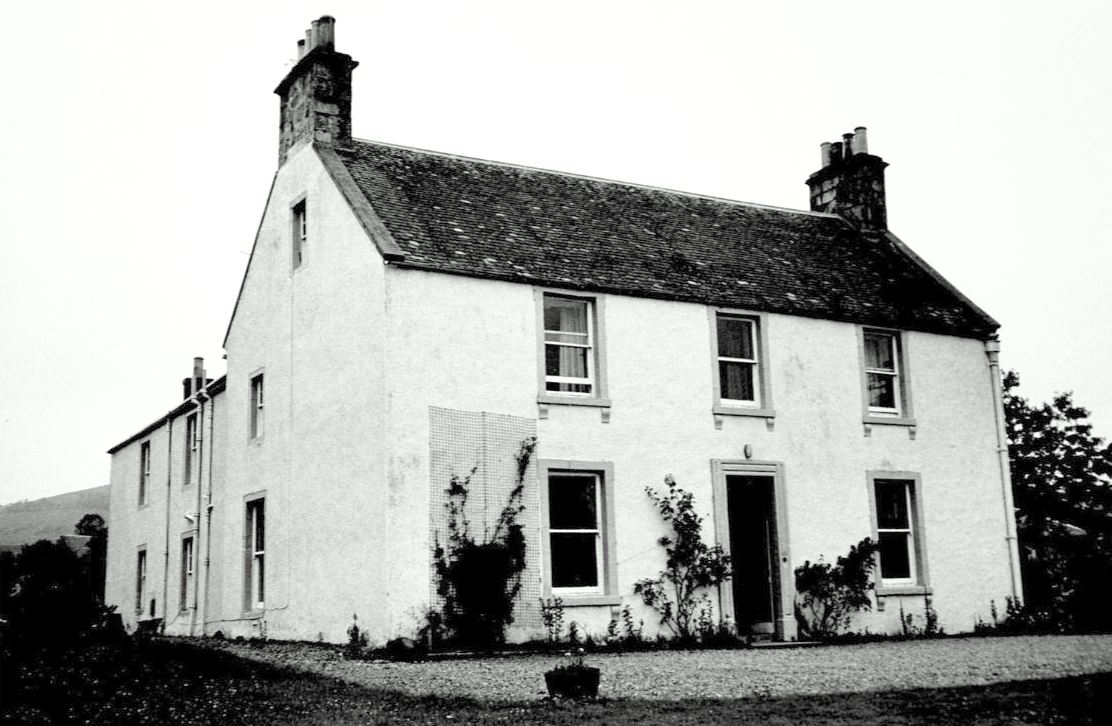


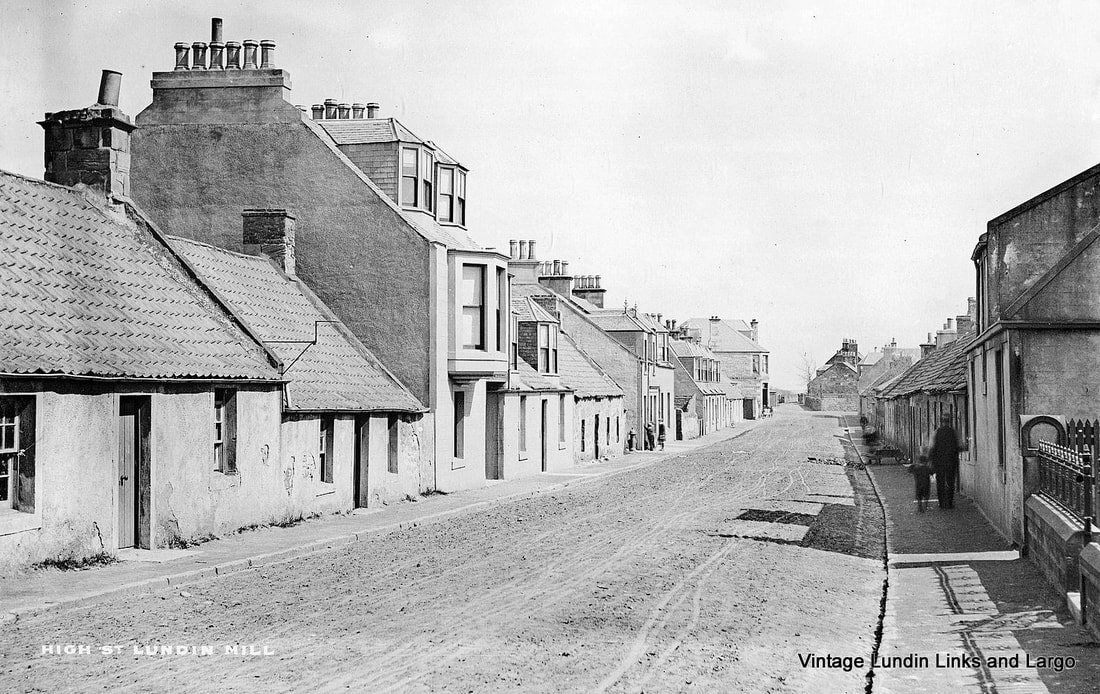
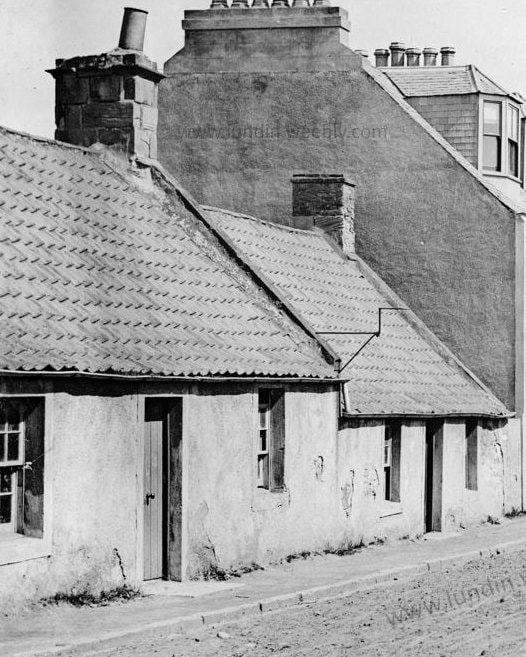
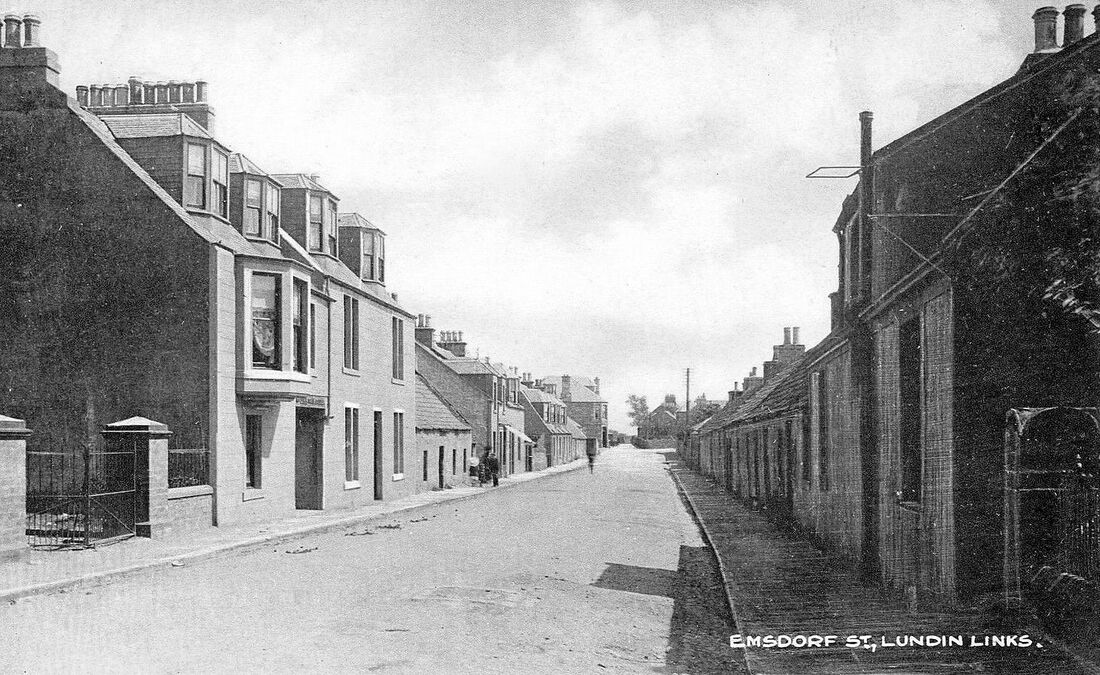
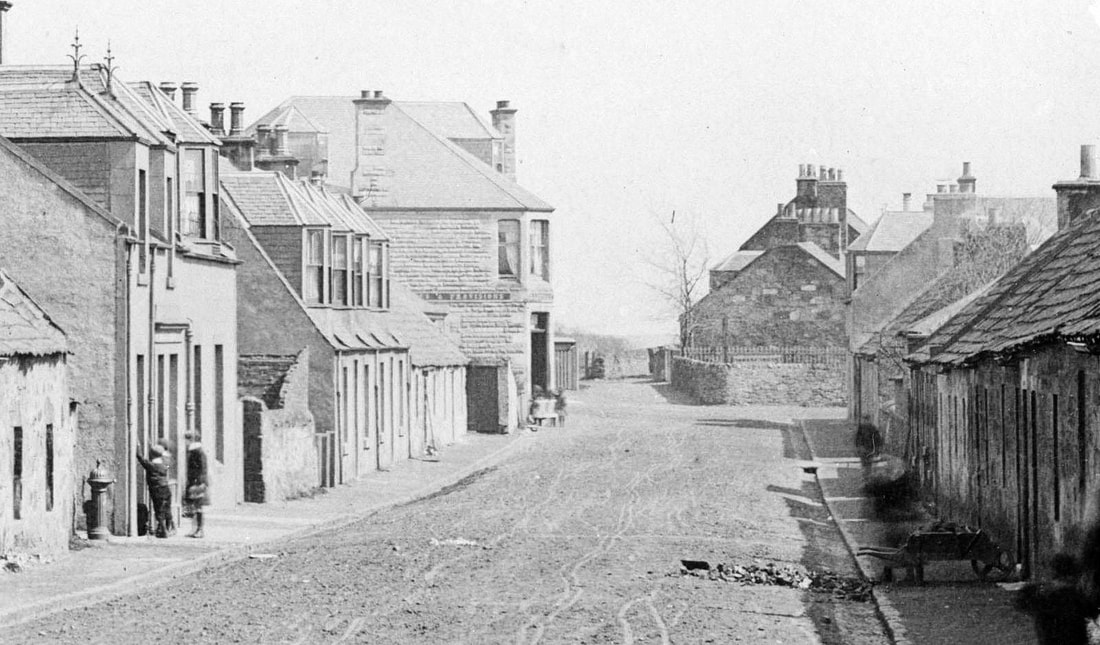

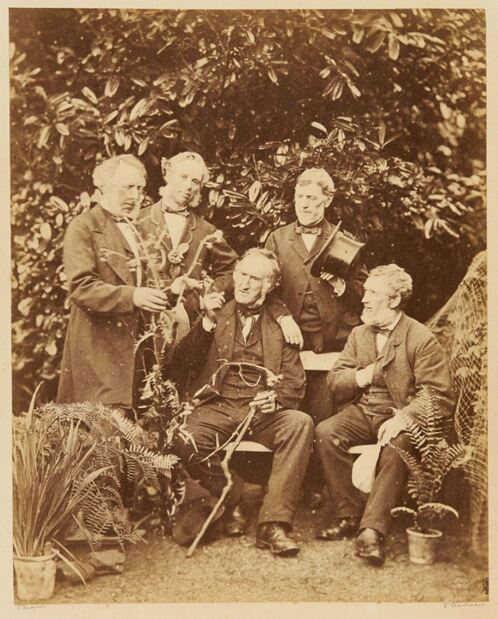
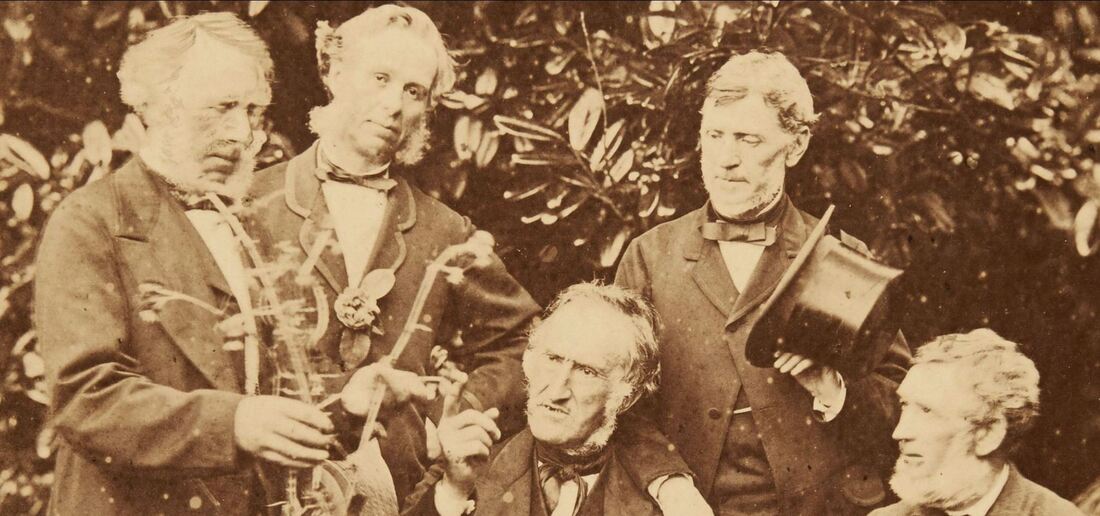




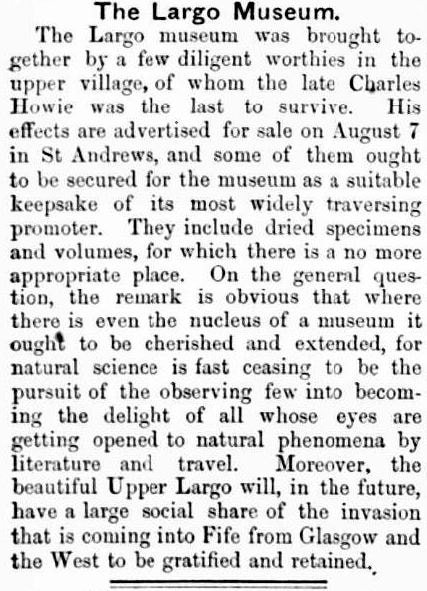
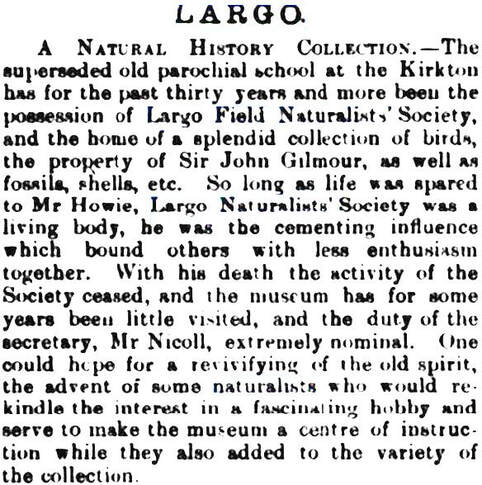
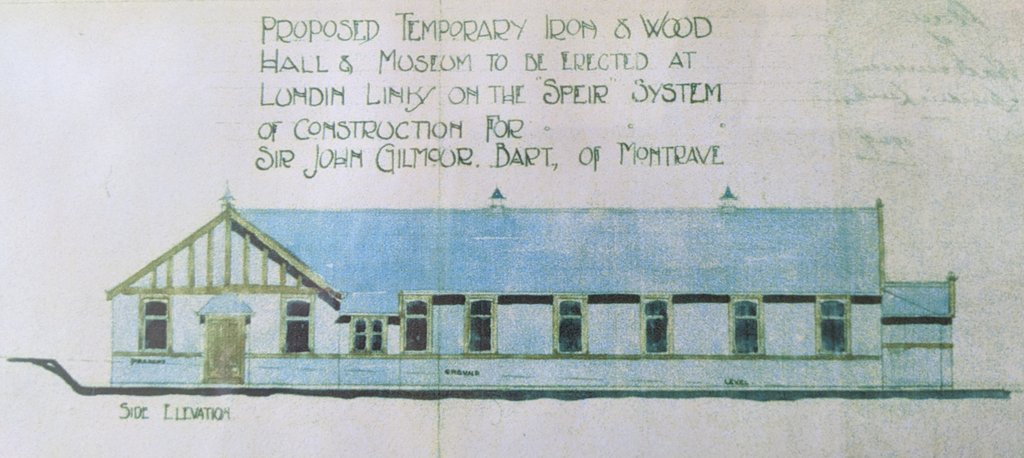


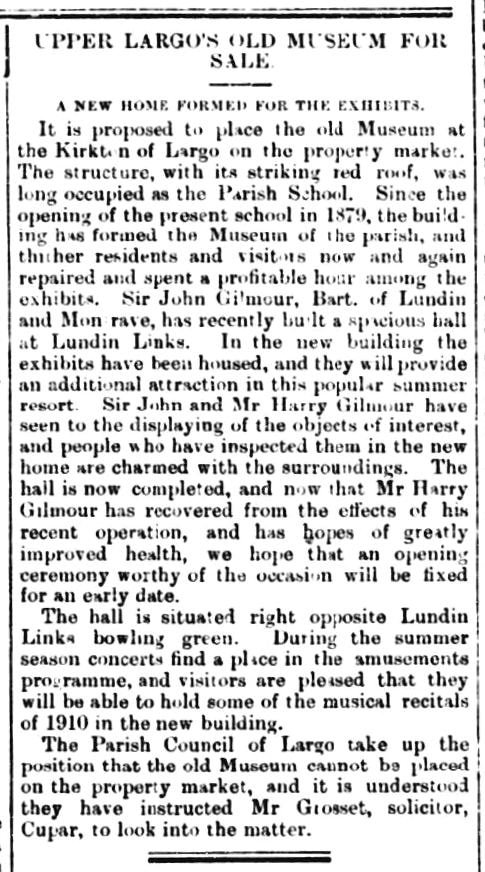
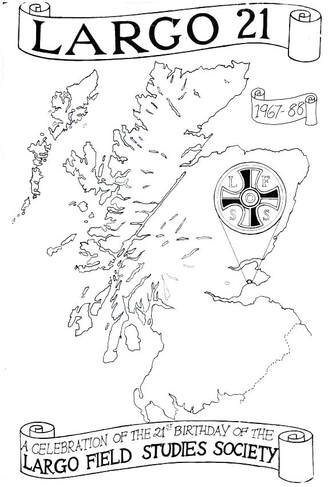
 RSS Feed
RSS Feed
